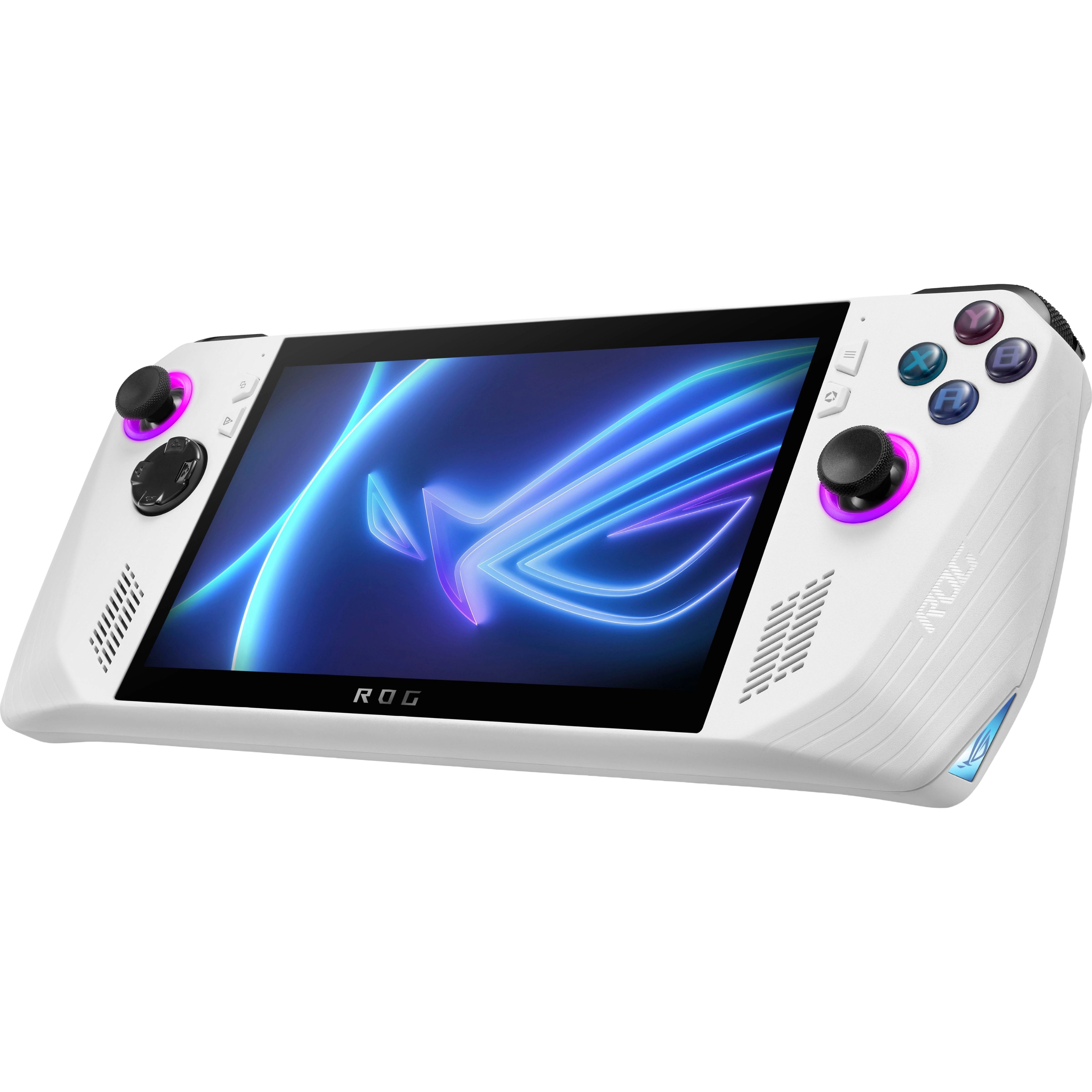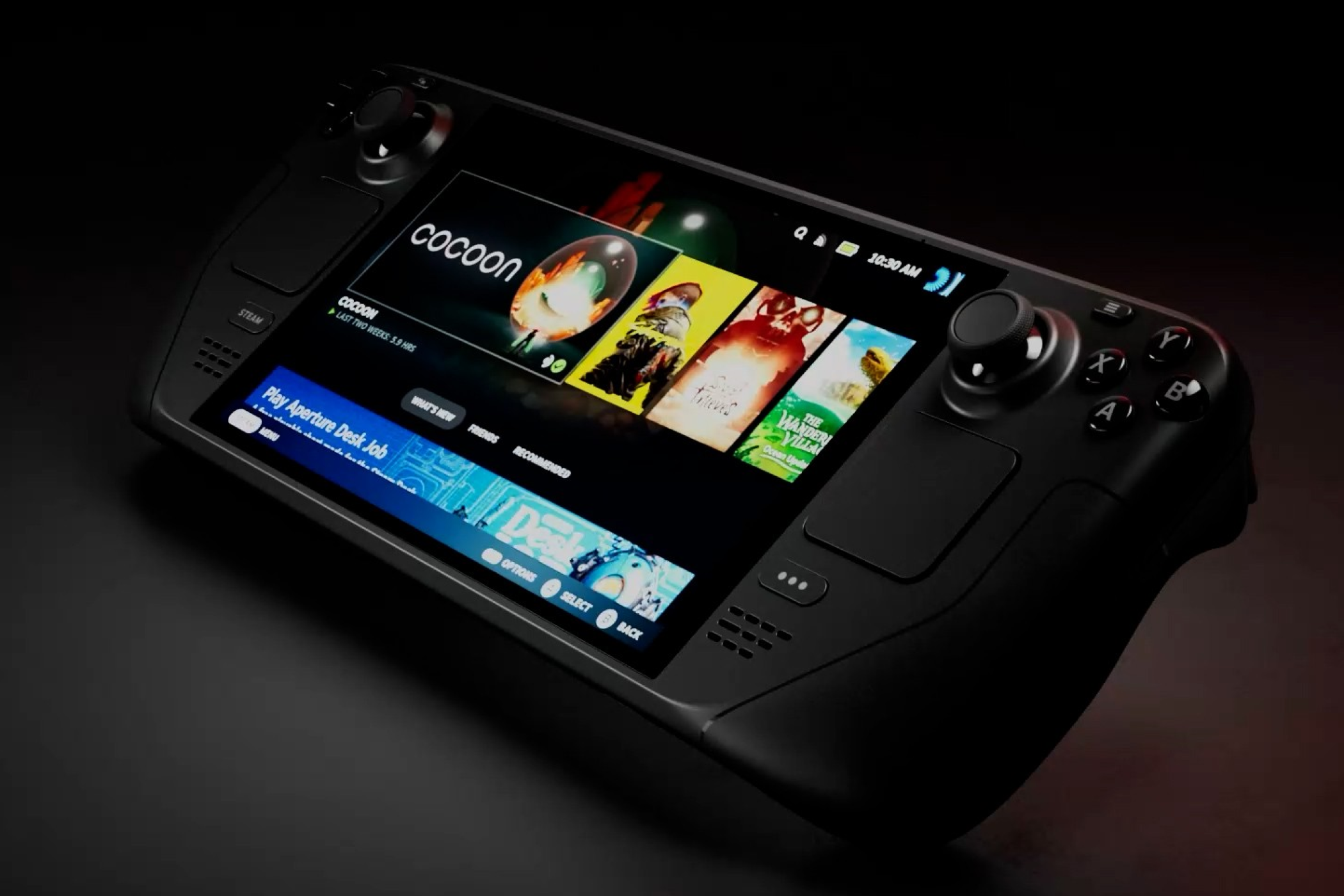If you have a Windows 10 gaming PC that can’t run Windows 11, the clock is ticking before you have to decide to do something with that hardware. If you’d like to keep playing games on your Windows 10-era hardware, SteamOS might be ready to come in clutch with the assist—and that’s all the sports metaphors I know.
Steam Deck’s OS Is Coming to Other PCs
As of this writing, the only device that runs the latest version of SteamOS (3.0) and that’s the Steam Deck. However, Valve has confirmed the OS is coming to the excellent Rog Ally.

ASUS ROG Ally With AMD Z1 Extreme Processor
The ASUS ROG Ally is the best handheld gaming PC running Windows 11; it’s got a stunning screen, powerful specs, and is a joy to use despite its middling battery life and SD card reader issues.
This is great news, since, as I predicted, Steam Deck clones will abound once Valve opens the operating system up to more devices. However, what I’m really hoping for is that the latest and greatest version of SteamOS will become available to desktop users, just like SteamOS 2.0 was. This is particularly important, because the clock is ticking for many Windows 10 gaming PCs, and switching to Linux might be the only way to save those computers.
Lots of Windows 10 Gaming PCs Can’t Upgrade
Thanks to specific CPU security requirements, lots of PCs won’t have the option to upgrade to Windows 11. Like many others, I’ve suggested that people switch to Linux rather than throw these computers away, but for PC gamers in particular, this might not be the most convenient route. However, Valve has done such a good job bringing Windows gaming to the Steam Deck, that I can’t help but hope we can do the same thing with Windows 10 desktop computers and gaming laptops before time runs out.
SteamOS Game Compatibility Is Getting Better by the Day
Although the Steam Deck has far from a 100% compatibility rate with Windows games, the list of compatible games that work is growing by the day. Even better, thanks to the Steam Deck’s popularity, developers are even making efforts to ensure their games work with the Proton compatibility layer the Steam Deck uses to run Windows software.
This will, of course, trickle down to any version of Linux using Proton, and we don’t have to wait for SteamOS 3.0 to come to other PCs to benefit, but SteamOS has numerous other features that make it more gamer-friendly than a regular Linux distro. If Valve decides to open up its distrubution to support more hardware, many of their custom features and interface efforts will come along with it. If you don’t want to wait, you can always check out some of the best Linux distros for gaming,
Throwing Out Good Hardware Is a Shame
Even modest PC gaming hardware is still relevant today. Remember that consoles like the Steam Deck have GPUs somewhere in the ballpark of a GeForce GTX 1050 Ti and that cards like the GTX 1060 and 1080 Ti still abound. Entry-level current-generation GPUs like the RTX 4060 (which is what I use) are comparable to something like a GTX 1080, so even for most modern games that don’t require newer hardware features, these older systems are still worth preserving.
With something like SteamOS, you can essentially transform these older gaming PCs into pseudo consoles, and you still have the option of using them as regular desktop systems. That seems like a much better option than turning them into e-waste!





